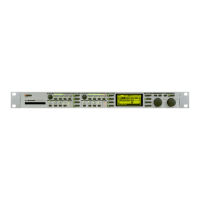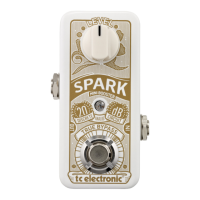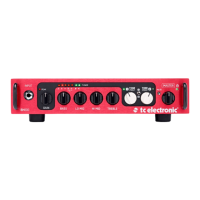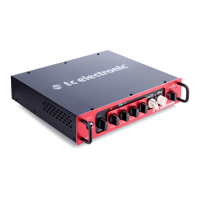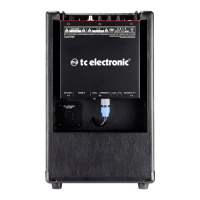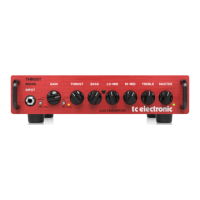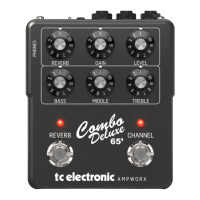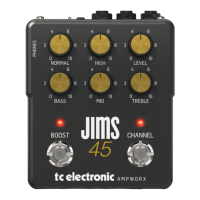What to do if TC Electronic Amplifier cannot turn power off with power switch at front?
- RRegina EdwardsJul 30, 2025
If your TC Electronic Amplifier doesn't turn off with the power switch, ensure you press and hold the switch for at least one second. This delay is implemented to prevent accidental power-offs during recording.
